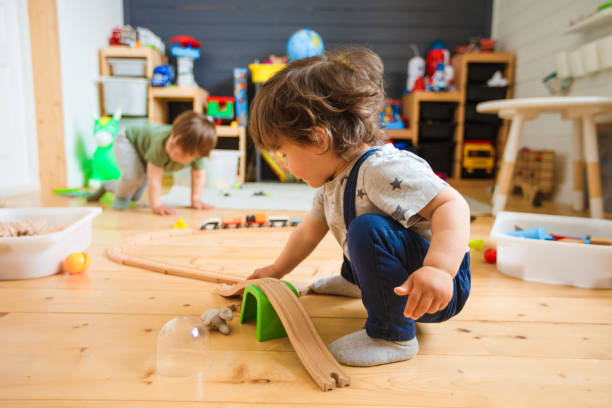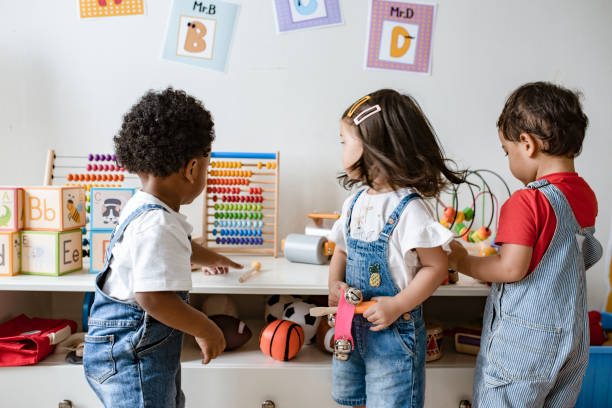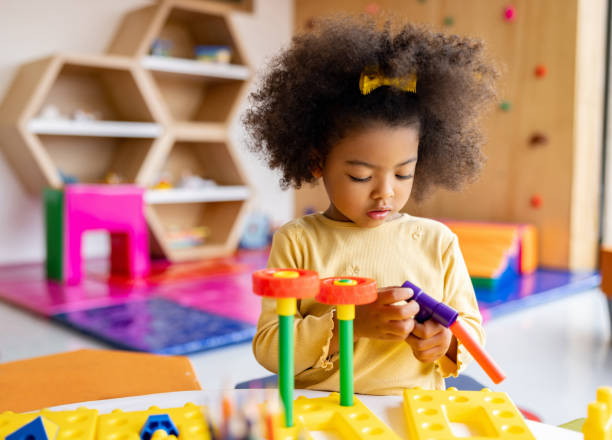Toys are more than just playthings; they play a crucial role in your child’s development, sparking creativity, improving motor skills, and providing hours of entertainment. With so many options available, choosing the best toys for your child can be overwhelming. In this article, we’ll explore some of the best toys for kids, from soft and cuddly companions to handmade treasures, and share tips on how to keep your child engaged and entertained.
Best Toys for Kids: A Mix of Fun and Development
1. Soft Toys
Soft toys are a timeless favorite for children of all ages. They provide comfort, promote imaginative play, and are perfect for snuggling. Some popular soft toys include:
Stuffed Animals: Whether it’s a classic teddy bear or a whimsical unicorn, stuffed animals are great companions for bedtime and playtime.

Plush Dolls: Soft dolls offer a nurturing play experience, allowing kids to role-play and develop social skills.

Cuddly Characters: Popular characters from cartoons or books, like Winnie the Pooh or Elmo, can become cherished friends for your child.

Engagement Tip: Encourage your child to create stories and adventures with their soft toys. You can even help them set up a “soft toy tea party” or a mini playhouse where their plush friends can live.
2. Handmade Toys
Handmade toys add a unique and personal touch to your child’s playtime. These toys are often crafted with care and attention to detail, making them special keepsakes. Some great handmade toys include:
Knitted Animals and Dolls: Hand-knitted animals and dolls are not only adorable but also durable. They make wonderful gifts and can be passed down through generations.

Wooden Toys: Handmade wooden toys, like cars, puzzles, and building blocks, are sturdy and promote fine motor skills. They’re also environmentally friendly.

Fabric Toys: Handmade fabric toys, such as cloth dolls, soft balls, and fabric books, are safe for younger children and encourage tactile exploration.

Engagement Tip: Involve your child in the creation process by allowing them to choose colors, fabrics, or designs for their handmade toys. This involvement will make the toy even more special to them.
3. Educational Toys
Educational toys are designed to stimulate your child’s mind and help them learn new skills while having fun. Here are some top picks:
Building Blocks: From classic wooden blocks to LEGO sets, building blocks enhance creativity, problem-solving skills, and hand-eye coordination.

Puzzle Games: Puzzles are great for developing cognitive skills and patience. Choose age-appropriate puzzles that challenge your child without causing frustration.

Interactive Learning Toys: Toys like interactive books, talking globes, or electronic learning pads can teach children about numbers, letters, geography, and more.

Engagement Tip: Turn educational toys into a shared activity by playing alongside your child. Celebrate their successes and guide them through challenges to keep them motivated.
4. Creative Play Toys
Creative play is essential for fostering imagination and self-expression. These toys encourage children to think outside the box and create their own worlds:
Art Supplies: Crayons, markers, coloring books, and clay allow kids to express themselves through art. Art kits with instructions can also introduce them to new techniques.

Dress-Up Clothes: Dress-up costumes and accessories let kids explore different roles, from a superhero to a doctor, stimulating imaginative play.

Musical Instruments: Simple instruments like tambourines, xylophones, and drums can introduce children to the world of music and rhythm.

Engagement Tip: Set up a dedicated creative space in your home where your child can freely explore and create. Rotate toys and supplies regularly to keep the space fresh and exciting.
How to Keep Kids Engaged with Their Toys
Keeping children engaged with their toys can sometimes be a challenge, but with a few tricks, you can extend their playtime and enhance their enjoyment:
Rotate Toys: Avoid overwhelming your child with too many options. Rotate toys every few weeks to keep their interest fresh. This also helps them appreciate each toy more.
Create Themed Play Sessions: Introduce themed play sessions, such as “Underwater Adventure” or “Space Exploration,” using relevant toys. This structured play can stimulate creativity and focus.

Incorporate Storytelling: Encourage your child to create stories around their toys. You can help by asking questions like, “What is your teddy bear doing today?” or “Where are the toy cars going?”

Play Together: Join your child in playtime. Your involvement can make the experience more enjoyable and can also help guide them toward learning opportunities.

Set Up Toy Stations: Organize toys into different stations, such as a reading nook, a construction area, or an art corner. This setup allows your child to explore various types of play in one session.

Encourage Independent Play: While playing together is important, teaching your child to play independently is also crucial. Provide toys that they can engage with on their own, and praise them for their creativity and independence.

